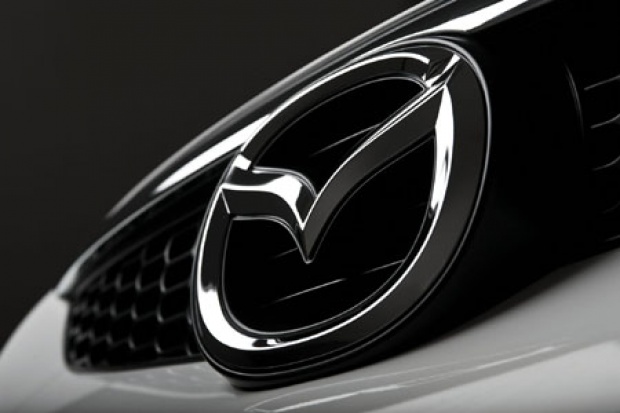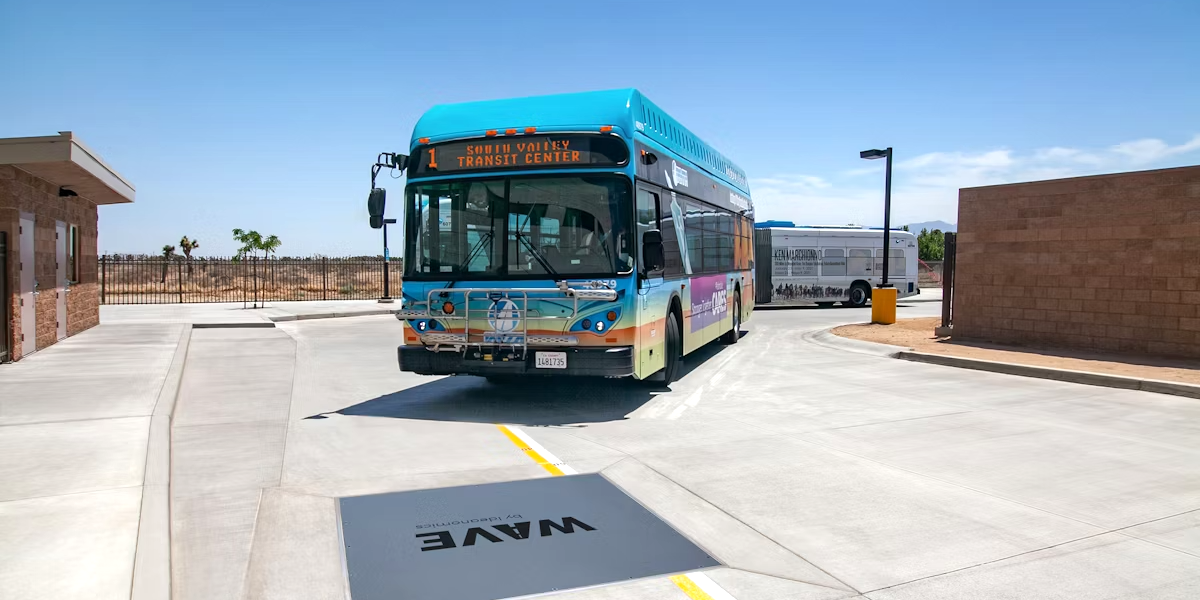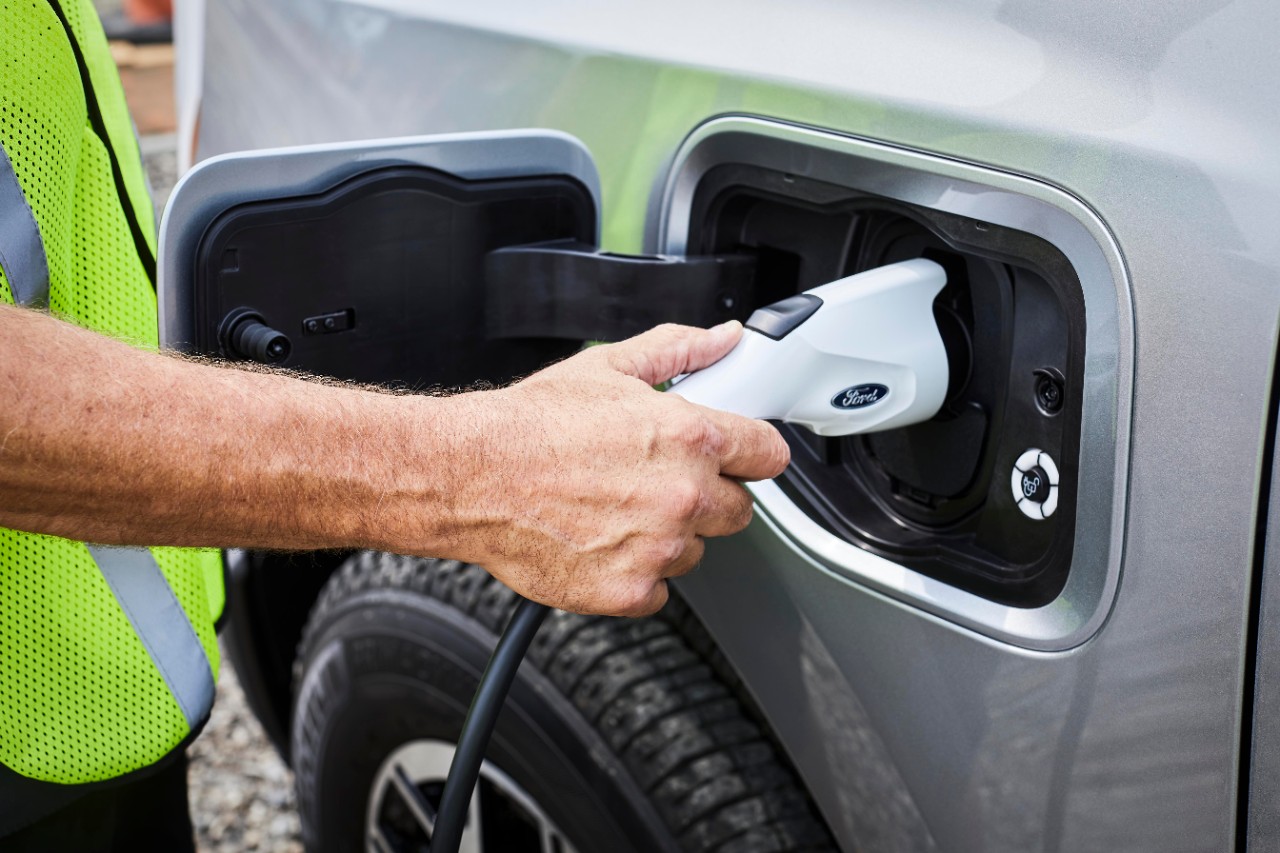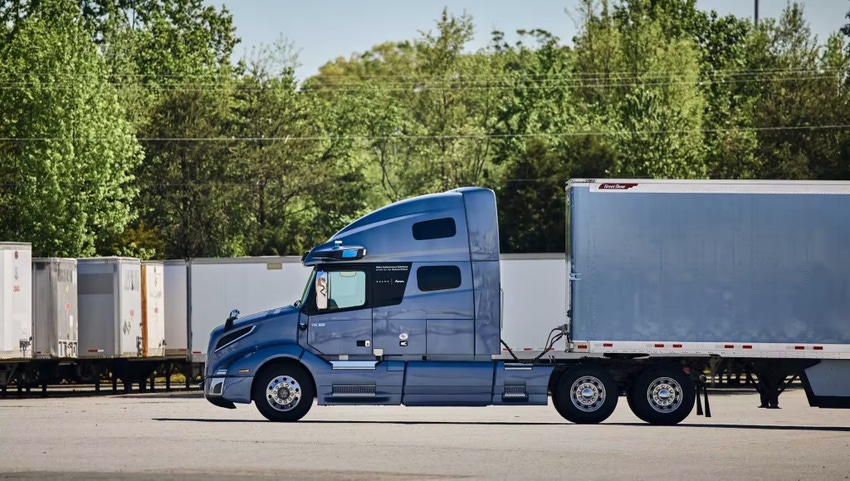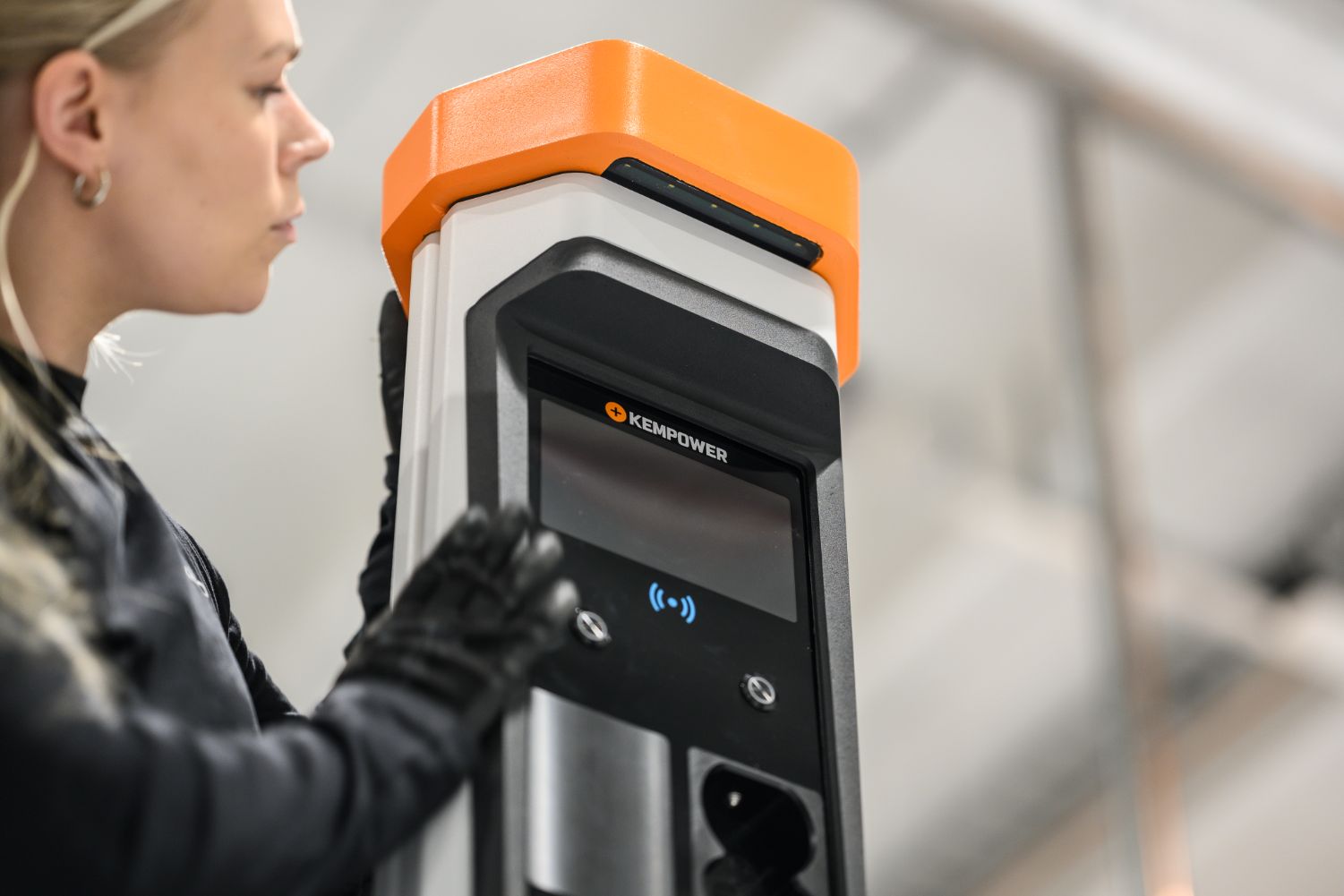Japanese automaker Mazda has disclosed plans to embrace Tesla’s North American Charging Standard (NACS) for its forthcoming lineup of battery electric vehicles (BEVs) in North America, set for release starting in 2025. The decision aims to offer Mazda EV owners a broader array of charging options, leveraging Tesla’s extensive network of over 15,000 Superchargers across North America, as outlined in a press release by the company.
Mazda’s previous foray into the U.S. electric vehicle market faced challenges, notably with the MX-30, which achieved modest sales of 181 units in 2021 and 324 units in 2022.
In July 2023, Mazda withdrew the all-electric crossover from the U.S. market after the 2023 model year due to factors such as its limited 35.5 kWh battery and a less impressive 100-mile EPA range rating. Additionally, its MSRP of $35,385, including destination charges, positioned the MX-30 unfavorably against competitors like the Chevy Bolt EUV in the affordable electric car segment.
Reports in October 2023 indicated Mazda’s intentions to re-enter the U.S. electric vehicle market around 2025. By December 2023, Mazda CEO Masahiro Moro announced plans to introduce seven to eight new electric cars by 2030. Moro cited uncertainties in EV demand as a reason for Mazda’s cautious approach, referring to the company as an “intentional follower” in the EV market due to the moderate pace of electrification.
The decision to adopt Tesla’s NACS is expected to enhance the viability of Mazda’s electric cars, including the MX-30, by providing consumers with access to Tesla’s Supercharger Network. This move aligns with Mazda’s strategy to offer customers an extensive and reliable charging infrastructure for its upcoming electric vehicle lineup.

